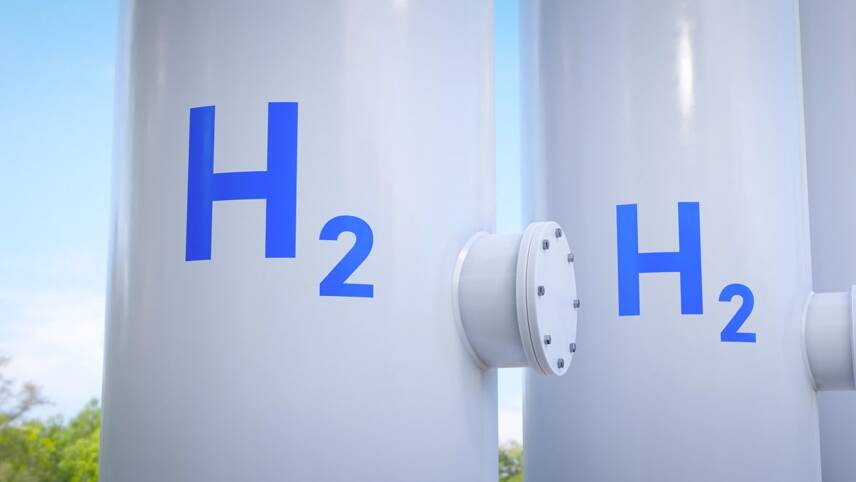Register for free and continue reading
Join our growing army of changemakers and get unlimited access to our premium content

The UK’s hydrogen sector has come a long way since the publication of the Government’s Hydrogen Strategy, and indeed since the launch of Hydrogen UK itself – formed originally from The Hydrogen Taskforce. As the industry coalesces in celebration of Hydrogen Week, it’s clear that our journey from policy to tangible progress has positioned us for success.
Tomorrow, Hydrogen UK in partnership with the Department for Energy Security and Net Zero (DESNZ), will be co-hosting the second Hydrogen Investment Forum. We’ll be bringing together government, investors, hydrogen project developers and supply chain companies to discuss the current state of play and ultimately showcase growth opportunities in the UK hydrogen economy.
At the end of last year, the UK Government announced the successful projects to be offered contracts as part of the first hydrogen allocation round (HAR1). These 11 projects, with a combined capacity of 125MW, mark a significant advancement in green hydrogen production in the UK. The successful projects will channel £413m of private investment between 2024-2026, creating around 760 direct jobs, and facilitate a shift from imported fuels to domestic hydrogen production.
In line with the goal of having up to 1GW of electrolytic hydrogen in construction or operation by 2025, the government has subsequently launched the second hydrogen allocation round (HAR2), targeting up to 875MW capacity. In moving from policy development to project delivery, greater clarity is being given to industry regarding the path towards final investment decisions. As such, we’re well underway to fostering the necessary investment environment for the hydrogen economy to scale at pace.
The UK’s ongoing commitment to an ambition of 10GW of low carbon production by 2030 is shared by Government and industry alike. This reflects an ambition to globally lead in this sector and can be exemplified by the collaboration we’ve seen, such as the agreement between Llhyfe and Source Galileo to accelerate the roll-out of green hydrogen in the UK and Ireland.
The UK’s recent announcements in CCUS are equally promising. In December, we saw the publication of the UK’s CCUS vision, an area which the likes of the UK Climate Change Committee and International Energy Agency have highlighted as critical for global decarbonisation. Here, one of the biggest funding commitments in Europe was announced, with goals of injecting billions annually into the economy by 2050. A testament to the UK’s dedication to this vision can be evidenced by the recent collaboration between EET Hydrogen and DESNZ, who recently announced a signed statement of principles for the HPP1 plant, a component of the HyNet Cluster. Progressing production projects like HPP1 is critical for the UK to reach our net-zero targets, but also deliver inward investment and creates high-value skilled jobs.
The policy announcements of the past few months have provided the assurance needed to demonstrate to private investment and our international counterparts of the UK’s readiness to succeed in and lead the hydrogen market. With numerous planned and operational projects, the UK has the opportunity to become a global leader not just in deployment but also in development and manufacture of hydrogen solutions.
The focus now is on cultivating this very investment environment. While the industry’s trajectory has been clearly outlined, the imperative lies in honing the specifics necessary to mobilise these ambitions into tangible outcomes. To secure and localise hydrogen supply chains—a goal that Hydrogen UK’s industry-led supply strategy ambitiously sets at 50% domestic content throughout the value chain—we must bridge the gap between aspiration and reality. Targeted end-to-end funding, scaling up UK capabilities in both emerging technologies and advanced manufacturing, co-investment between private finance and Government, as well as favourable tax incentives for green infrastructure investments, are just a few ways in which we can transform ideas on paper to spades in the ground. The economic and environmental incentives are evident – we’d be remiss to not to seize the hydrogen opportunity we have in front of us.



Please login or Register to leave a comment.